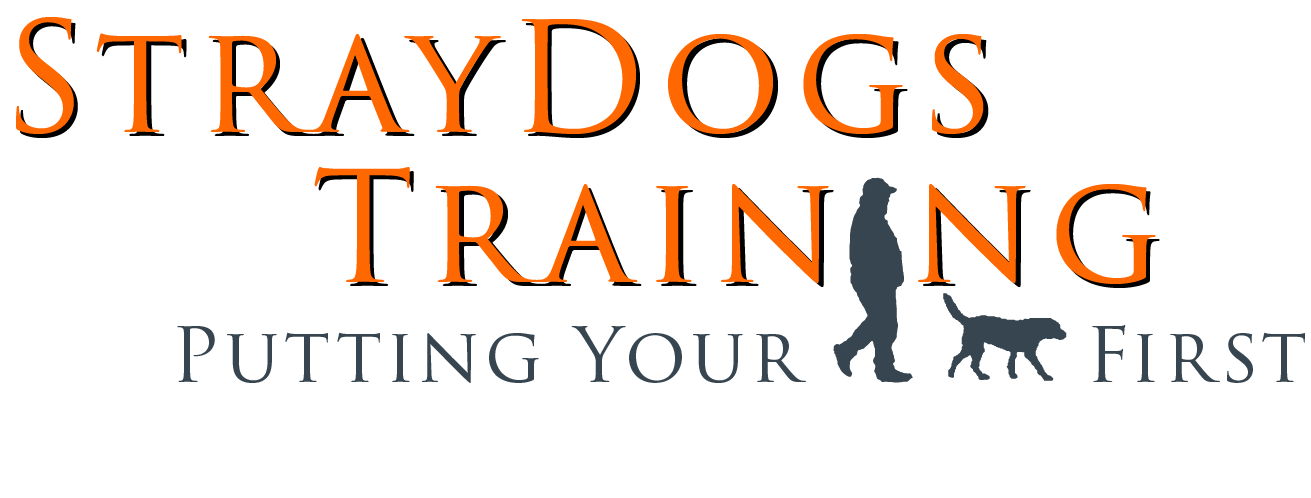Why Setting New Training Goals for Your Dog Matters
Dog training is a journey, not a destination. As you and your dog progress, challenges will arise, habits will form (good and bad), and routines may become stale. That’s why regularly setting fresh dog training goals is key to maintaining progress and strengthening your bond.
By reflecting on where you’ve been and mapping out where you want to go, you can eliminate frustration, reset expectations, and create a clear training plan that keeps both you and your dog motivated.
In this guide, we’ll walk you through a step-by-step process to set new training goals, tackle common obstacles, and build a solid foundation for success.
Step 1: Reflect on Your Dog’s Training Progress
Before jumping into new goals, take a step back and evaluate your dog’s current skill level. Ask yourself:
- What commands does my dog know and follow reliably?
- Where are we struggling the most? (Leash pulling, recall, distractions?)
- Have any unwanted behaviors developed?
- What new skills or behaviors do I want to focus on?
Use this reflection to identify both strengths and areas needing improvement. If you’re not sure where to start, keeping a training journal can help track your dog’s progress and patterns over time.
Pro Tip: If you haven’t already, check out our tips from earlier this month for a solid foundation before setting new goals.
- Upgrade Your Dog Training Gear for Safety and Success
- Decluttering Your Dog Training Routine: Out With Ineffective Methods
- Cleaning Up Bad Habits: Training Tips for a Fresh Start
Step 2: Define Clear, Achievable Dog Training Goals
Now that you’ve assessed your progress, it’s time to set new training goals. A great way to do this is by following the SMART method:
✅ Specific: Clearly define the behavior you want to improve (e.g., “Improve leash manners on walks” instead of just “better obedience”).
✅ Measurable: Set a benchmark to track progress (e.g., “Walk calmly past five distractions before pulling”).
✅ Achievable: Make sure your goal is realistic for your dog’s training level.
✅ Relevant: Focus on skills that will improve your daily life together.
✅ Time-Bound: Set a deadline or schedule (e.g., “Practice loose leash walking for 10 minutes, 4 times a week”).
Example SMART Training Goals:
🦴 Improve Recall: By the end of the month, my dog will respond to “Come” 80% of the time in a low-distraction environment. I will train recall 5 times a week for 10 minutes each time, gradually increasing the level of distractions.
🦴 Leash Walking Skills: Within four weeks, my dog will walk on a loose leash for at least 10 minutes without pulling. I will practice structured leash walking 4 times per week, using stop-and-reset techniques when pulling occurs.
🦴 Behavioral Fixes (Jumping on Guests): Within three weeks, my dog will greet guests calmly by holding a “Place” position for at least 30 seconds before being released. I will reinforce this by practicing guest greetings twice a week with different people and rewarding calm behavior.
If your dog struggles with multiple behaviors, start with one or two focus areas to avoid overwhelm and build confidence.
Step 3: Create a Structured Training Plan
Once you’ve set your goals, build a structured training routine that fits into your lifestyle. Consistency is key, so having a plan ensures you stick with it.
Sample Weekly Dog Training Schedule:
| Day | Training Focus | Notes |
|---|---|---|
| Monday | Loose leash walking drills | Short 10-15 min structured walks |
| Tuesday | Place command & duration work | Train around mild distractions |
| Wednesday | Recall training at the park | Use long leash for safety |
| Thursday | Door manners & impulse control | Practice with guests or family |
| Friday | Socialization & calm greetings | Exposure to new people/dogs |
| Saturday | Fun training (tricks or agility) | Keep training fun & engaging |
| Sunday | Rest & review | Observe progress, adjust goals |
Tip: Keep training sessions short and engaging (5-15 minutes) and end on a positive note to keep your dog motivated.
Final Thoughts: Make This the Year You and Your Dog Grow Together
Whether you’re dealing with setbacks, refining advanced skills, or just starting out, clearing the mental clutter and setting new training goals will make a huge difference in your dog’s progress.
Start small, stay consistent, and celebrate wins along the way! And if you’re ready for extra motivation, join our Restart with Your Dog Challenge kicking off February 1st.
👉 Let’s make this the year you and your dog build an unbreakable bond. Join us today at betterdogpeople.com!

